Breaking Through is showing the speed and passion, and he shot it!
Special feature of 1905 film network "We have the confidence and strength to strive for higher honor for the motherland!"Sports movies focusing on the first gold story of China Winter OlympicsBreaking ThroughIt’s showing.
The film tells the touching story of China’s short track speed skating national team, which finally stood on the highest podium with arduous training and unyielding will, in order to achieve the breakthrough of gold medal zero in the Winter Olympics.
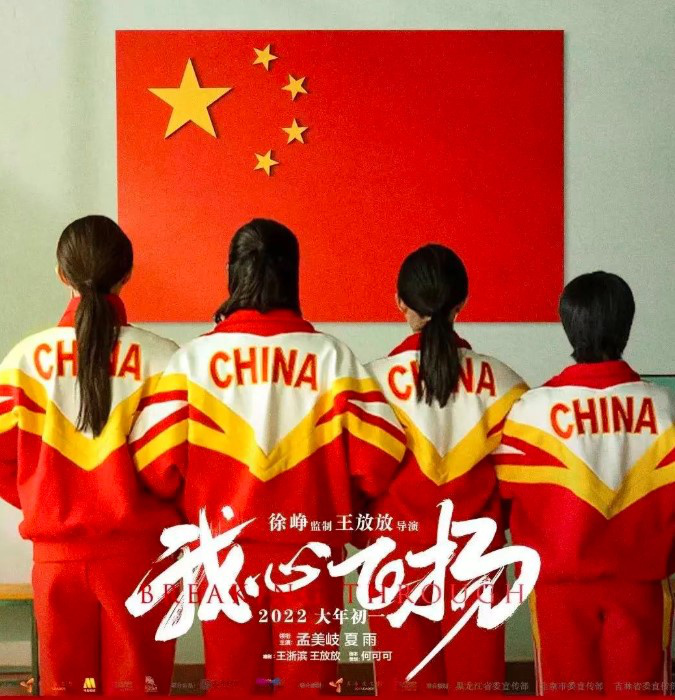
As the first short-track speed skating film shot by modern film means, Breaking Through team has developed a shooting system that combines real shooting with special effects almost from scratch. How to show the speed and passion of athletes and how to grasp the balance between art and sports? In this issue of Behind the Scene, let’s follow Breaking Through’s photography director Liu Yizeng to explore the world on ice.
Professional athletes palm the mirror
"Crossing the river by feeling the stones" is an apt saying to describe Breaking Through’s creative process. For the short track speed skating theme, there is no relevant case for reference. Liu Yizeng’s first thought was to let the photographer learn to skate, and he had to give up after practicing for a while. "I really can’t skate, my legs are no longer on myself." On the contrary, Liu Yizeng thought that it would be better to train professional skaters into photographers.
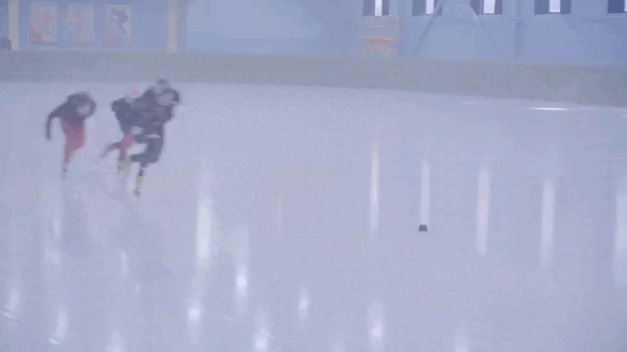
In this way, after two or three months of training, three "foreign photographers" made their debut. "Short track speed skating is extremely competitive. We want to really bring the audience to the arena. Let the athletes operate the camera to shoot, and the sense of immersion and presence is definitely the best, "Liu Yizeng said.
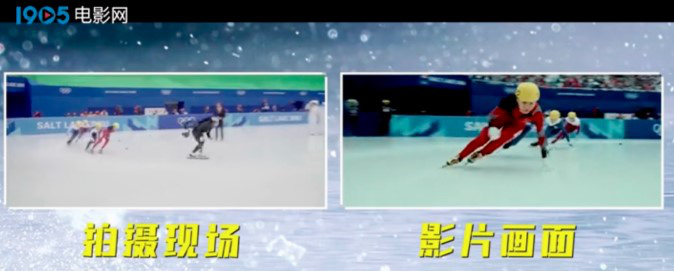
The training of this group of special photographers is mainly carried out from two aspects. First, the equipment guarantee, the team tailored a set of wearable photographic equipment for them to adapt to the special angle of skating. "In filming in Steadicam, moving lenses are very common, that is, hanging the camera with a vest. We also use a vest that fits well and a modified bracket to support the camera. We specially choose the resolution and comprehensive indicators, and it is also the lightest equipment."
On the other hand, these athletes should cultivate certain photographic thinking on the basis of mastering equipment skillfully. "At first, they did some actions in a mandatory way. Later, the camera sense became better and better. I already understood what you said was a little looser and tighter. What is this sense of rhythm? We have become more and more tacit."
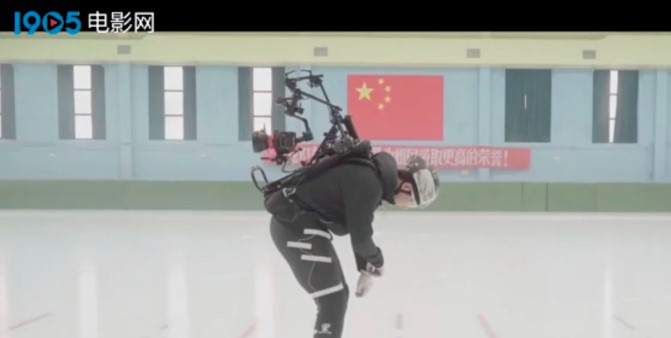
When it comes to short track speed skating competition, the first thing that comes to mind is the scene of athletes competing for gold and silver in TV broadcast pictures. What’s the difference between TV language and movie language? This is also the core issue that Liu Yizeng and director Fangfang Wang first thought of. "We can’t let the audience into the cinema like watching TV, so we have different designs for each game. The overall logic is’ go high and go high’. " The so-called "walking on a high level" means that a large number of macro perspectives similar to TV broadcasts were adopted in the small competition at the beginning. Later, when the competition became more and more fierce and the athletes collided more and more, they began to focus on subjective perspectives, and magnified the dramatic key moments in the competition, giving the audience a sense of being there, breathing with the protagonist and fighting together.
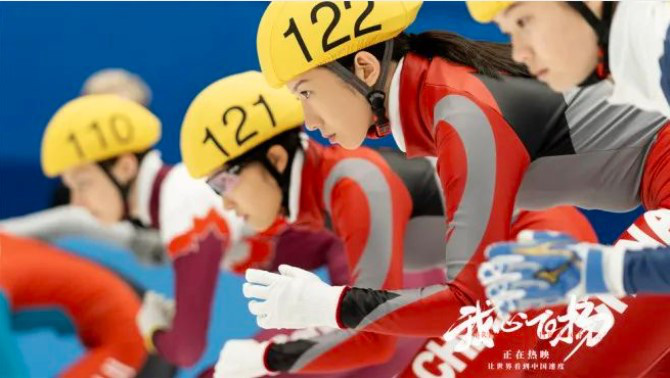
"black technology" helps out
In addition to the "vest" mentioned above, the Breaking Through crew also used and even invented a lot of "black technology" equipment. For example, in the real shooting on the ice, in order to shoot the zoom lens, a simple flat sliding device will be set up on the ice to simulate the sliding state and complete the close-up shooting of the face.
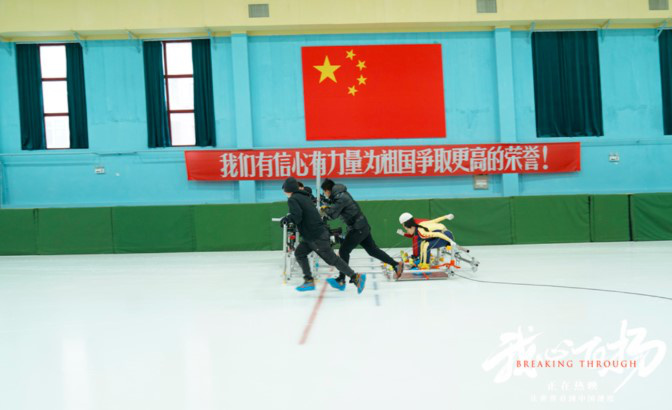
In order to capture the details of the feet and skates, the team skillfully used a rehabilitation device attached to the legs to link the back with the camera and record the moments full of impact.
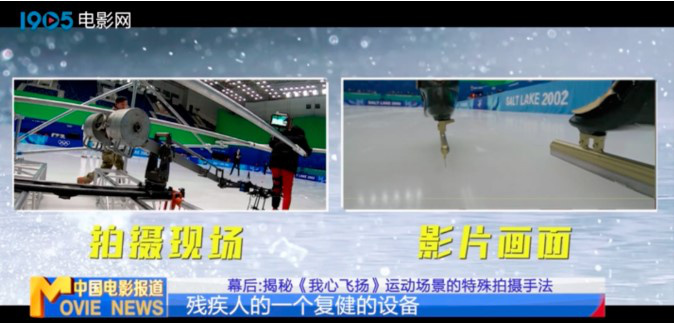
The picture of john young winning the first gold medal in the Olympic Games and gliding with the national flag held high moved the audience, and a photographic system called "Spider" was indispensable behind it. "The machine is pulled by four Weiya ropes. We shoot a 360-degree panoramic view around the actor according to the speed, height and back of the actor, and then follow her to raise the national flag and become a panoramic view to show this exciting moment."

For some close-ups that are too difficult to shoot, the crew specially designed and built a huge and complex cage rotating device, which can move horizontally and vertically, simulate the state of athletes turning and overtaking in the stadium, and cooperate with the green screen to shoot special effects. Liu Yizeng explained that the significance of this device is not only to help the actors complete their professional movements, but also to provide real physical feedback to the actors through the inclination and movement of the crawler, so that their performances are more "fake". "This sense of reality has always been our goal."
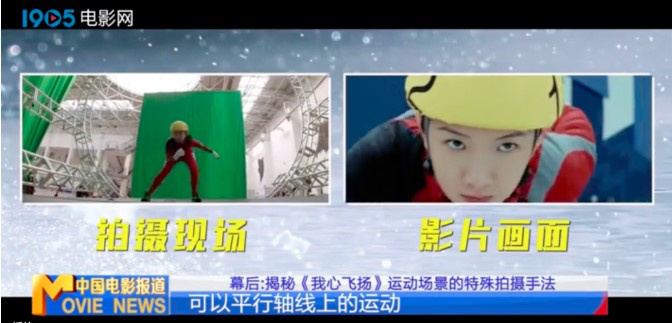
The balance between truth and art
Breaking Through’s touching place lies not only in the exciting competition scene, but also in the delicate description of family, teacher-student relationship and love for the country. Liu Yizeng said frankly that there is no drama or action drama, and all shooting techniques should serve the overall audio-visual style of the film, which he and the director first determined.
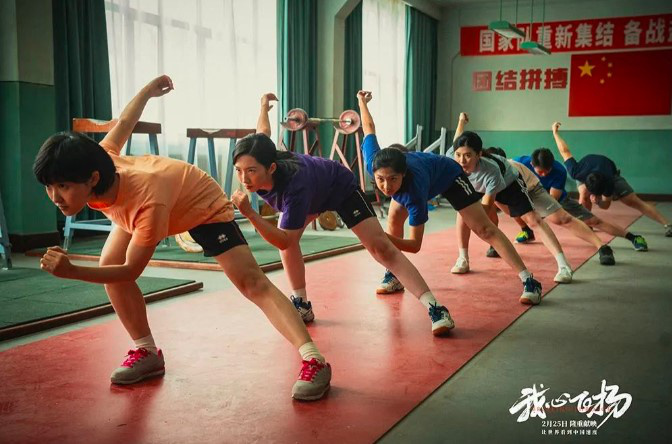
"This movie started with the story of the 1980s. The director and I referred to many old films with similar themes and decided to use modern audio-visual language to make a nostalgic story. The audio-visual language is new, but the light and color have a nostalgic atmosphere." Proceeding from this idea, Liu Yizeng chose a lot of scheduling of small and long shots to immerse the audience in stories and emotions when shooting literary dramas.
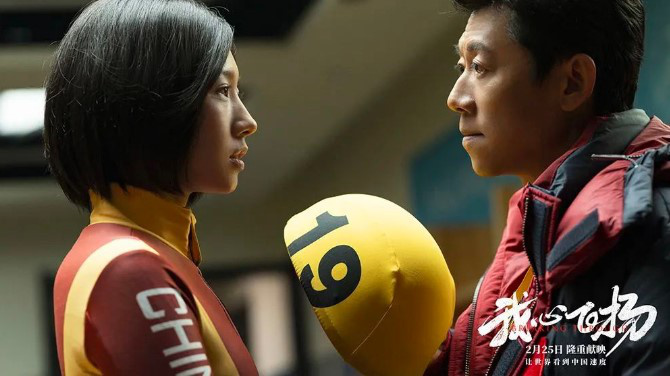
In the design of action scenes, the photography team did not deliberately show off their skills, but found a presentation that was both authentic and artistic through repeated rehearsals, bringing an immersive experience to the audience. "Some games have more long shots, strong sense of coherence, some are broken and strong sense of editing. This is the result of repeated watching, rehearsal and self-overthrow by us and the director, which also saves a lot of time for on-site scheduling."

Talking about the balance between sports and art, Liu Yizeng gave a very detailed example — — Ice flakes splashed by the collision between skates and ice. "It’s true that the ice flowers splashed by athletes at the moment of starting off are higher than people, but from the perspective of TV broadcast, few people notice this detail, so we want to capture it with high-speed close-ups. This sense of power brings the audience a very strong visual freshness and impact."
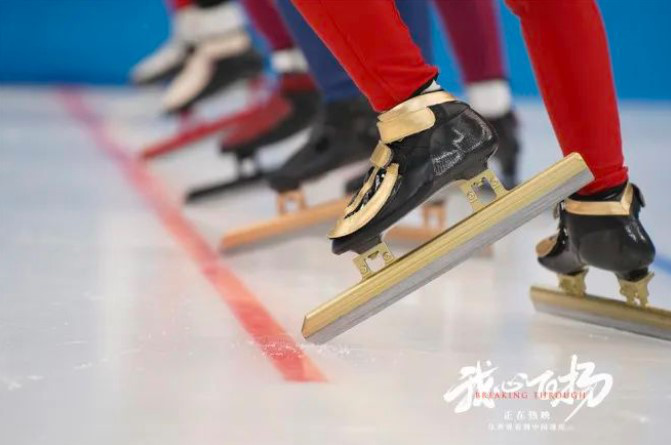
Flying dreams are implied by the splash of ice flowers, and the creative process of the film Breaking Through is also a process of continuous breakthrough and joint efforts of the creative team to dream. Liu Yizeng is particularly sympathetic to the sportsmanship of perseverance and courage to climb the peak. "What you challenge is also what you love, and it is precisely because this love supports you to move forward." This is what sports people and filmmakers have in common.